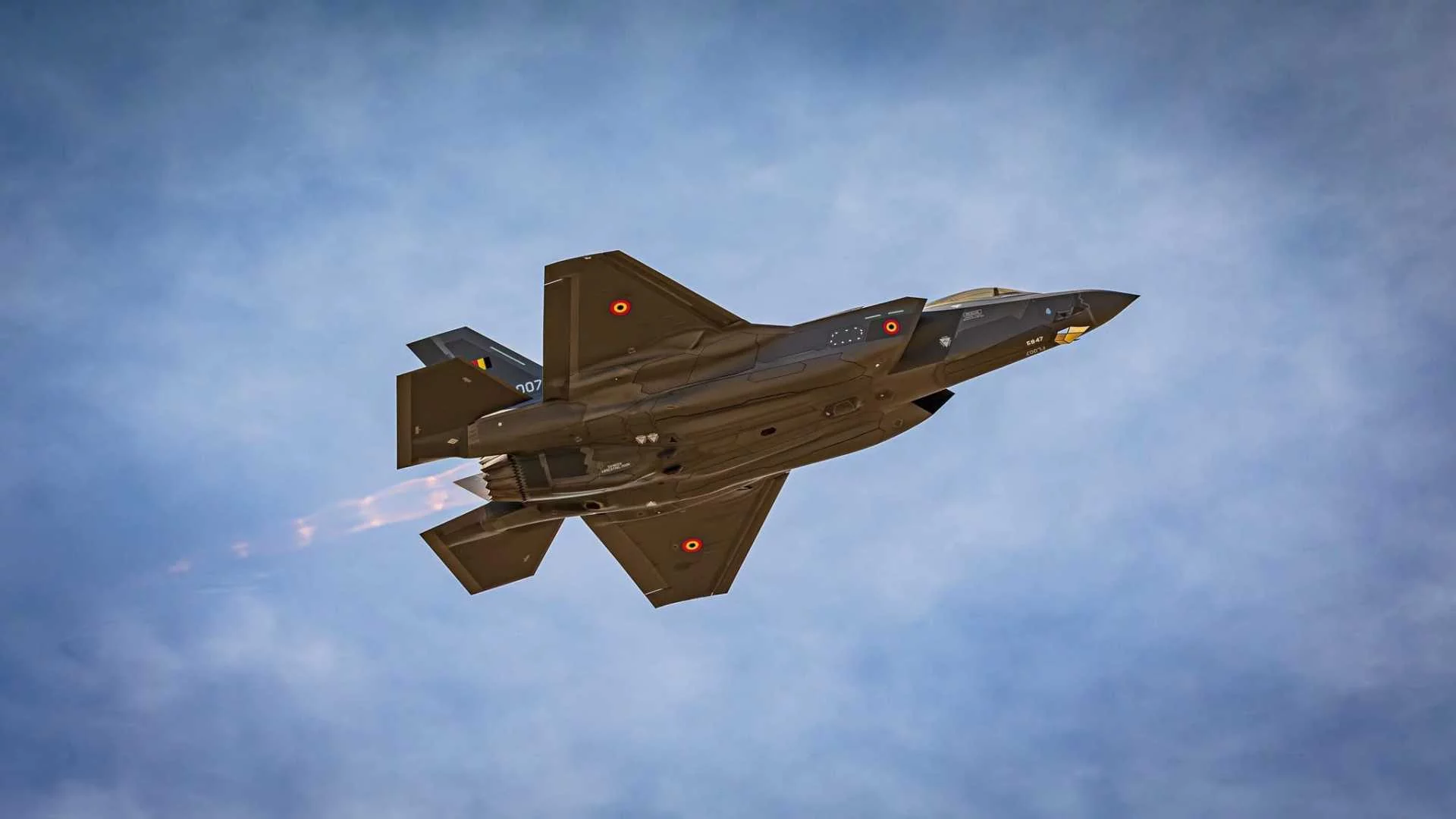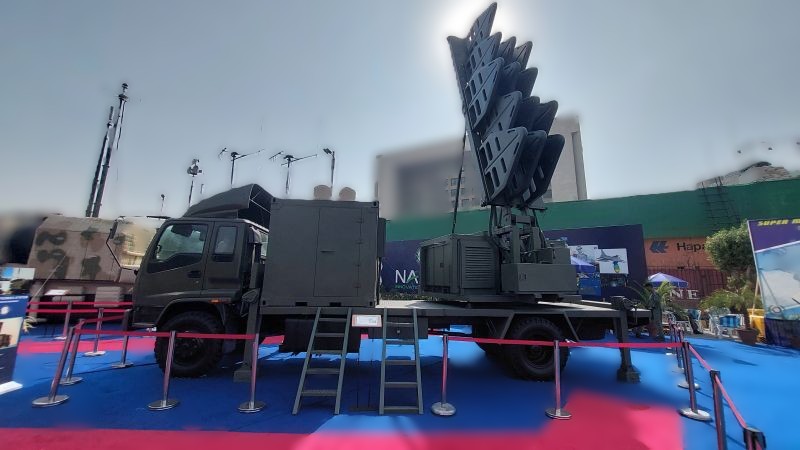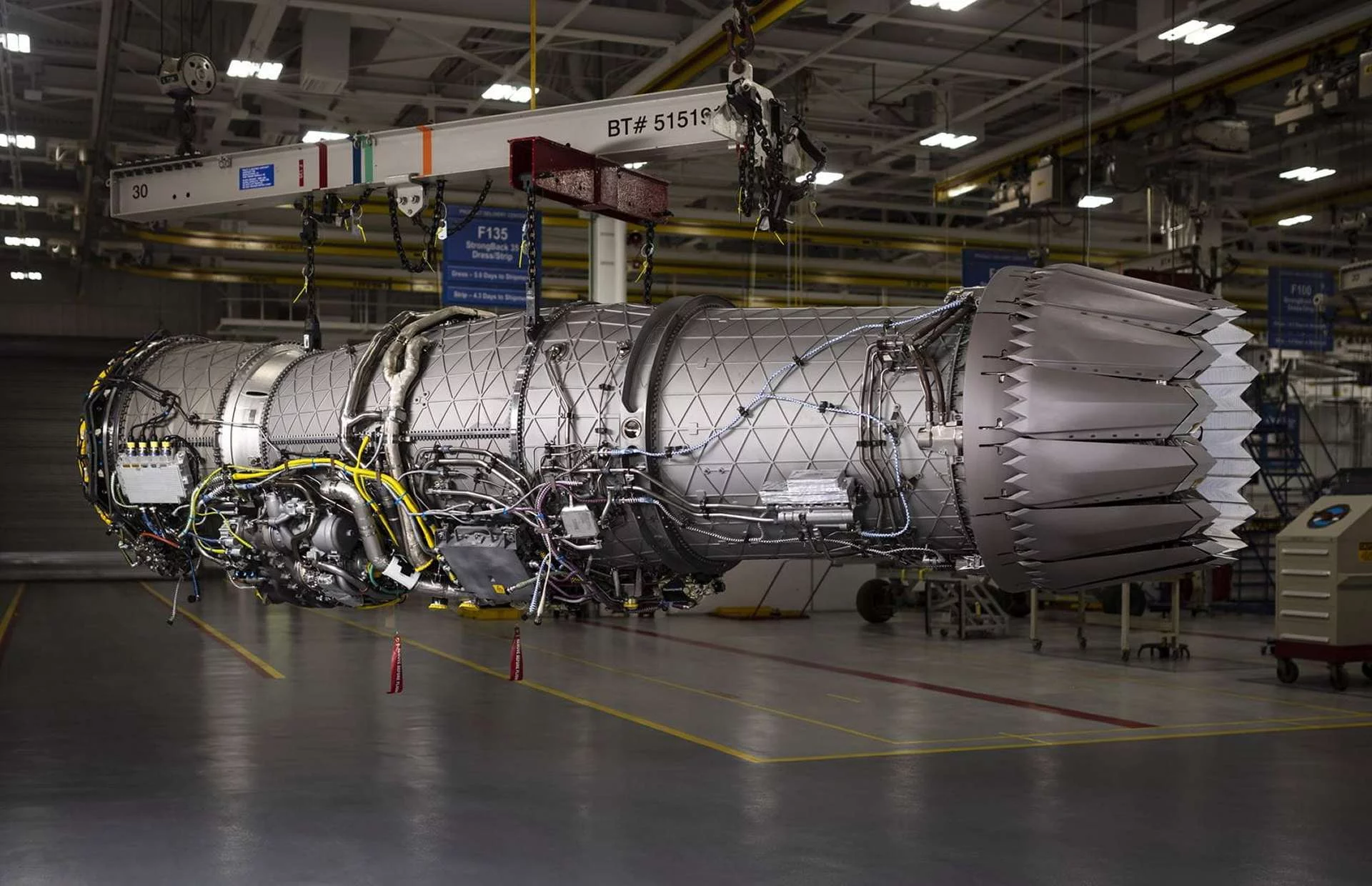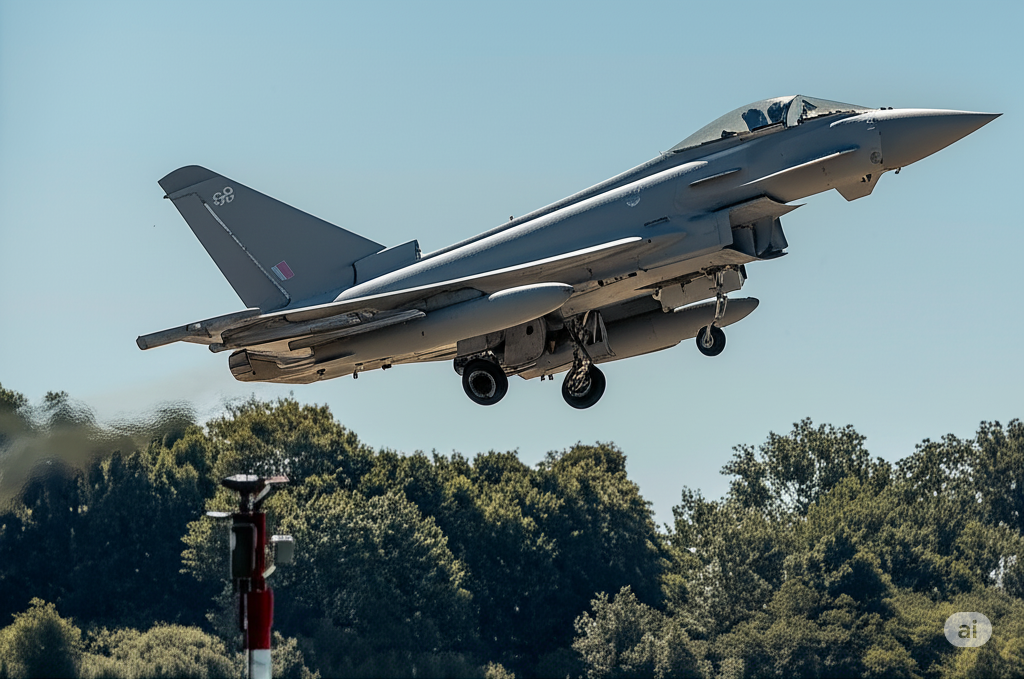On July 15, 2025, NATO’s Allied Air Command confirmed that Belgium’s first F‑35A Lightning II pilots have completed training at Luke Air Force Base, Arizona. Conducted in collaboration with the U.S. Air Force, the program included instruction in advanced fifth-generation tactics, mission planning, sensor integration, and NATO-standard procedures.
This milestone comes as Belgium prepares to receive its first F‑35A later in autumn 2025. The aircraft is currently undergoing final preparations in the U.S.—including radar-absorbent coating, mission system calibration, and stealth signature verification—ahead of its inaugural flight.
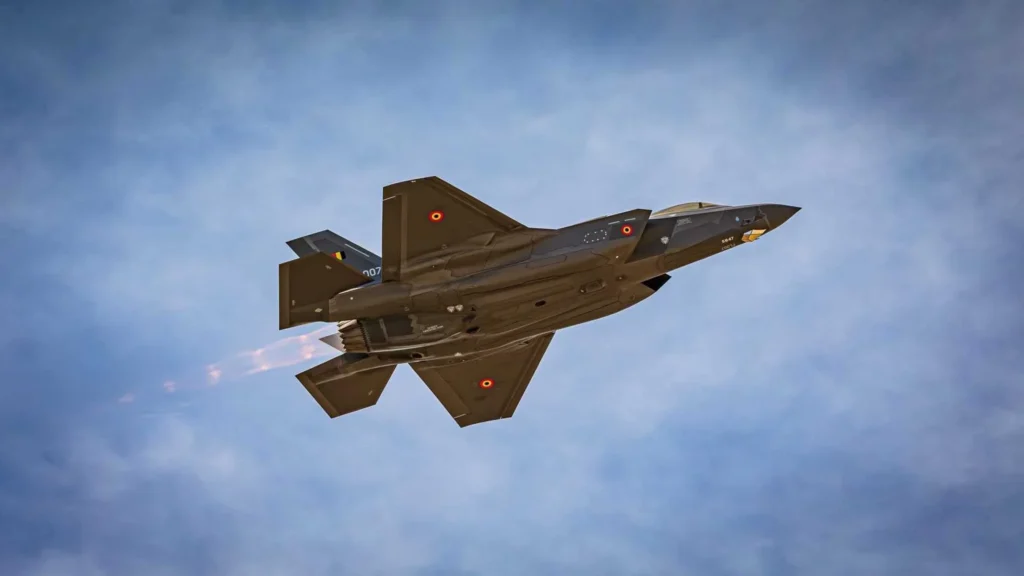
Lieutenant Colonel Pierre-Yves Libert is officially recognized as Belgium’s first F‑35A operator. Currently serving as a pilot‑instructor with the U.S.-based 312th Fighter Squadron, he will return to join Belgium’s reactivated 1st Squadron at Florennes Air Base. This squadron, reinstated in January 2025, manages simulator training, academic and tactical instruction, and the gradual integration of pilots and jets into Belgium’s new fleet.
Significant infrastructure upgrades amounting to €275 million have been completed at Florennes Air Base, including hardened shelters, maintenance facilities, quick‑reaction alert zones, mission planning centers, advanced simulators, secure datalink systems, and expanded support amenities. Kleine Brogel Air Base will serve as a secondary site, likely supporting NATO dual‑capable alert operations, including storage and potential delivery of B61 tactical nuclear weapons under allied protocols. As F‑35A aircraft achieve operational status, Belgium will shift its regional Quick‑Reaction Alert responsibilities from the current shared arrangement with the Netherlands. From 2026 onward, at least 30 F‑16s are scheduled for retirement and transfer to Ukraine as part of this transition.
Belgium selected the F‑35A Lightning II in October 2018, following a competitive evaluation initiated in 2017. The decision was based on criteria including cost, performance, logistics, industrial cooperation, sustainment, strategic fit, and NATO interoperability. A Foreign Military Sales contract signed in April 2020 secured 34 F‑35A aircraft and associated infrastructure for approximately €4 billion—some €600 million below initial budget estimates. In July 2025, Belgium decided to procure an additional 11 aircraft, expanding the order to 45 to meet NATO readiness requirements. These additional jets will be assembled at Italy’s Cameri Final Assembly and Check‑Out facility, fulfilling objectives for European-based production and compliance with EU defense funding criteria.
Belgian companies such as SABCA, Asco, and ILIAS Solutions are contributing to the F‑35 program under NATO’s ESI framework. Initial industry expectations were for offset returns of €3.6–4 billion, although as of 2022 only €700 million in contracts had been awarded. A revised agreement in 2024 now projects returns totaling €2.7 billion over 40 years.
The F‑35A is a CTOL fifth-generation multirole stealth fighter powered by a Pratt & Whitney F135 turbofan, capable of reaching Mach 1.6 and operating above 15,000 meters. It features an AESA radar (AN/APG‑81), Electro‑Optical Targeting System, and Distributed Aperture System—offering 360-degree sensing and precision targeting. Its internal bay can carry 2,600 kg of munitions, while external pylons can support up to 10,000 kg in “beast mode,” including air‑to‑air and air‑to‑ground weapons. It is also certified to carry B61 tactical nuclear bombs under NATO sharing arrangements. Additional capabilities include a helmet‑mounted display, networked sensor fusion, and the ongoing TR‑3 software upgrade, which will expand computing power, next‑generation radar (AN/APG‑85), AI-driven systems, and electronic warfare improvements. Combat certification for TR‑3 remains pending as of mid‑2025.
Belgium expects to reach initial operational capability (IOC) by 2027 and full operational capability (FOC) by 2030. A €5 billion modernization package covers aircraft, systems, sustainment, base infrastructure, and integration into a European data‑management network aimed at reducing reliance on U.S. systems. Roughly 30% of F‑35 components are sourced from European suppliers, reflecting a shared industrial investment among NATO and EU partners such as the U.K., Italy, Netherlands, Finland, Germany, and Denmark.
Belgian officials emphasize the multinational nature of the F‑35 enterprise, positioning it within the EU’s broader defense autonomy goals while meeting NATO alliance obligations. With pilot training underway, squadron activation complete, and the first jets nearing delivery, Belgium is steadily advancing its transition to fifth-generation combat capability.

